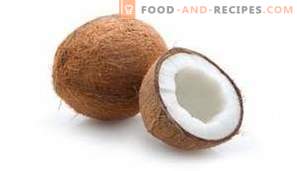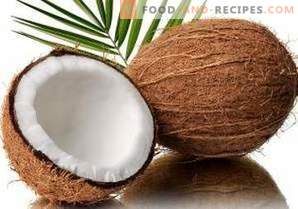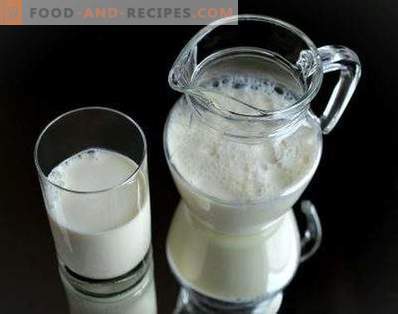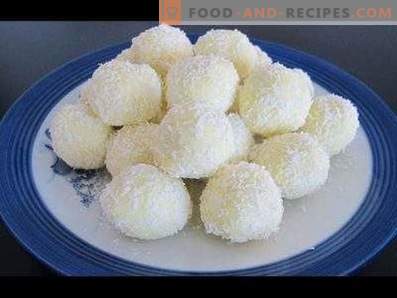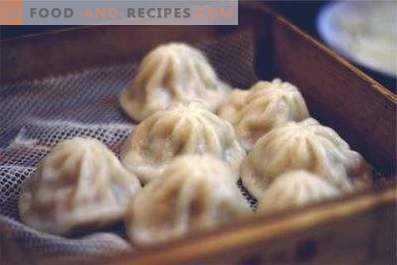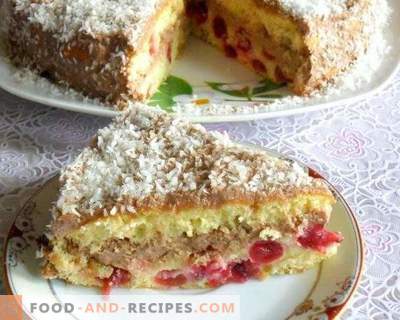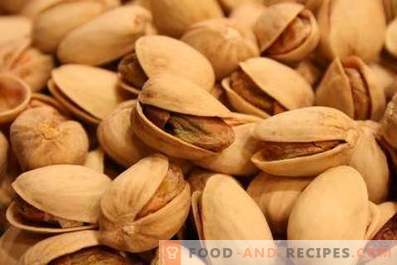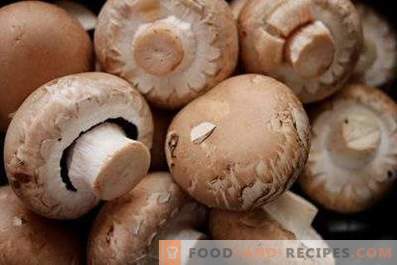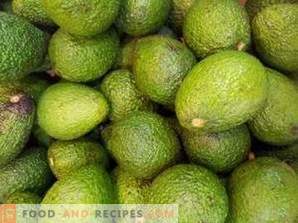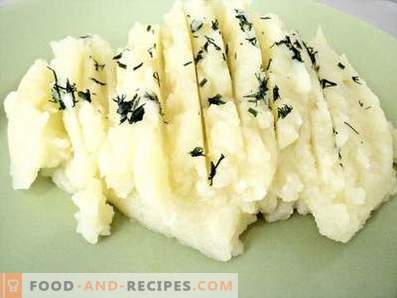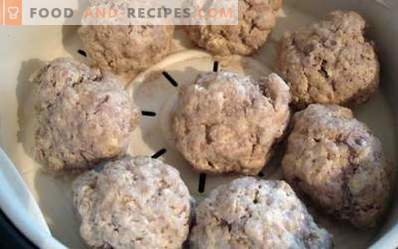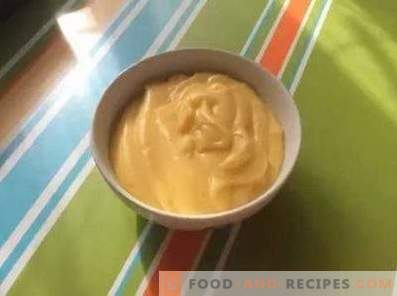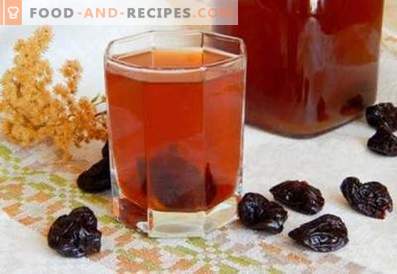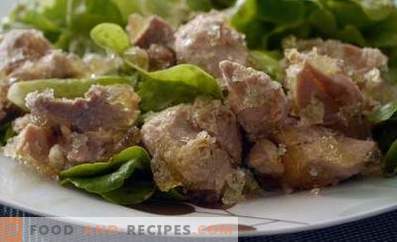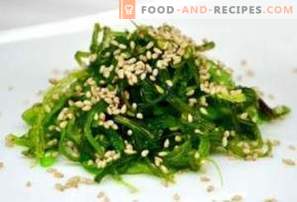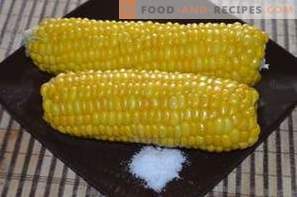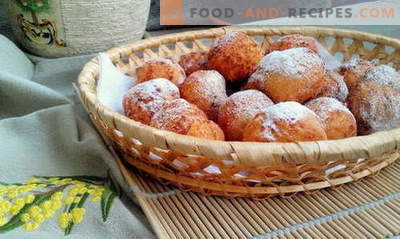
Coconut is an exotic fruit, at the sight of which an association with the sandy beach, the sun and palm trees immediately appears. If before it was difficult to find, now it is sold in almost all large supermarkets.
Coconut is not only tasty, but also very useful product. It contains valuable elements: manganese, copper, selenium, iron, zinc, phosphorus, magnesium, potassium, B vitamins, as well as vitamins C, E and PP. To eat this delicious product and recharge the body with a set of biologically active substances, you need to eat it immediately after purchase. If you purchased a coconut, but do not intend to eat it in the near future, the fruit must be properly preserved.
Coconut storage time
How much coconut can be stored depends on how fresh it is, where and in what form it is kept. On average, the shelf life of a whole fresh coconut is 2, 5 months, provided that it will be kept at a temperature not higher than +5 degrees and direct sunlight will not fall on it.
After opening, the shelf life of coconut is reduced to 2 days, and it should be kept strictly in the refrigerating chamber at a temperature range from +2 to +5 degrees. If the temperature is higher, the product will deteriorate even faster, and if it is lower, it will lose its taste and become watery. It is important that during the storage of coconut there are no temperature drops, because they have a detrimental effect on the taste of the nut.
If, having opened a coconut, to separate it pulp from coconut milk, it will remain in the refrigerator longer - about a week. You can also freeze it. Frozen copra, the so-called coconut pulp, remains fit for human consumption for about six months. Perfectly stored coconut pulp in dried form. Dry copra can be used for 12 months. As for the coconut milk, it can also be stored in the refrigerator in a closed form. So it will not deteriorate within 7 days. In addition, it can be kept in the freezer, bay in the form for ice. Frozen coconut milk should be used for 2-3 months, then it loses its qualities and taste.
Features of storing coconut and coconut milk
- Fresh copra dries very quickly, so after opening the coconut and removing the coconut milk from it, you can add pure water to the nut. Only in this case, the pulp becomes watery and becomes not so tasty.
- When storing coconut, one should not allow bananas, apples, pears and melons to be near. They produce ethylene, which accelerates the ripening of fruits.
- The coconut powder, crushed and dried in an oven at 50 degrees, should be stored in tightly closed glass or plastic containers at room temperature. It is important that the room is well ventilated and there is dry, cool air.
- Before freezing, the copra must be crushed, and then, sprinkled with coconut milk, placed in a sealed bag. Frozen coconut pulp should not be re-frozen. Therefore, it is most convenient to store it in portions and retrieve as needed. By the way, it should be used frozen.
- When separating coconut milk from the pulp, be sure to ensure that the shell does not get into it.
- When coconut milk is stored in the refrigerator, cream is formed on it. Their appearance does not affect the freshness of the product. Just skip the cream before drinking milk.
How to choose a coconut
Coconut can be saved only on condition that you have acquired the “right” fruit. Here are some simple tips to help orient yourself when choosing a coconut.
- First of all, you should carefully inspect the coconut shell. There will be no signs of rot, stains, dents and cracks on the fresh fruit. The color of the coconut should be uniform. If the product does not meet the specified requirements, it is better to refuse to buy it, because, most likely, it has already begun to deteriorate or deteriorate.
- Note the three dots below the coconut. It is important that they are dry, do not have rot on their surface. Their color should be slightly darker than the fruit itself. Try to force to the point location. If the coconut is not pressed, then it is fresh.
- Coconut, which has been stored for a very long time, becomes easy due to the drying of coconut milk. Therefore, choosing a coconut, pay attention to its weight, and also do not forget to shake it and listen to whether the milk gurgles in it.
- Coconuts, compared to other tropical fruits, do not have the ability to ripen. On this basis, one should always acquire such a fruit in which there is not a single, even the smallest, green speck.
If you follow these important, but very simple recommendations, you can fully enjoy the unique taste of coconut.
